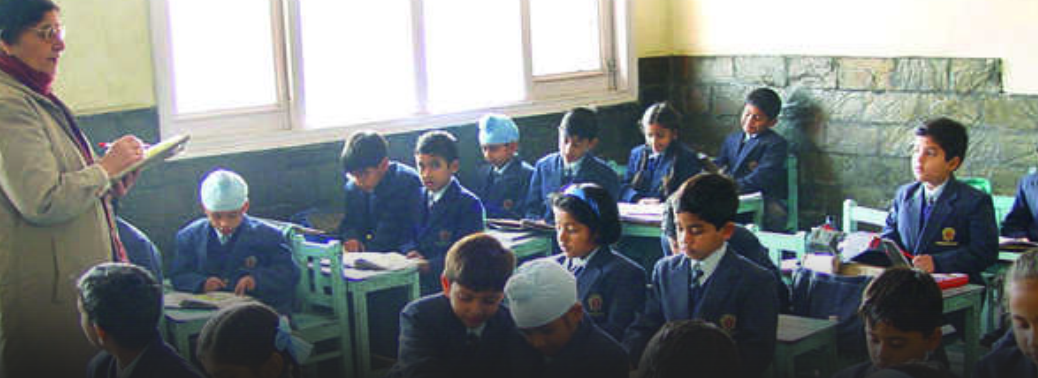VERY FEW TAKERS FOR RTE QUOTA SEATS
15, May 2019

Prelims level : Governance
Mains level : GS-II Governance, Constitution, Social Justice and IR
- After the State government amended the rules to prioritise government and aided schools. Admissions for only 28% of the total 7,346 seats allotted during the first round under the reservation quota have been completed.
- The number of seats and applications, too, have declined. This trend is the result of new rules which mandate that a child can be admitted to a private school under the quota only if there is no government or aided school in the locality.
Right to Education (RTE) Act:
- The Right of Children to Free and Compulsory Education (RTE) Act, 2009
- This act is an embodiment of Article 21-A, which says that every child has a right to full time elementary education of satisfactory and equitable quality in a formal school which satisfies certain essential norms and standards.
- Article 21-A and the RTE Act came into effect on 1 April 2010
- It is seen as the most historic development in universalisation of elementary education in the country.
- It implies that every child in the age group of 6 to 14 years has Right to elementary education. They are entitled for free and compulsory education.
Salient features:
- The RTE Act provides for the right of children to free and compulsory education till completion of elementary education in a neighbourhood school.
- It clarifies that ‘compulsory education’ means obligation of the appropriate government to provide free elementary education and ensure compulsory admission, attendance and completion of elementary education to every child in the six to fourteen age group. ‘Free’ means that no child shall be liable to pay any kind of fee or charges or expenses which may prevent him or her from pursuing and completing elementary education.
- It makes provisions for a non-admitted child to be admitted to an age appropriate class.
- It specifies the duties and responsibilities of appropriate Governments, local authority and parents in providing free and compulsory education, and sharing of financial and other responsibilities between the Central and State Governments.
- It lays down the norms and standards relating inter alia to Pupil Teacher Ratios (PTRs), buildings and infrastructure, school-working days, teacher-working hours.
- It provides for rational deployment of teachers by ensuring that the specified pupil teacher ratio is maintained for each school, rather than just as an average for the State or District or Block, thus ensuring that there is no urban-rural imbalance in teacher postings. It also provides for prohibition of deployment of teachers for non-educational work, other than decennial census, elections to local authority, state legislatures and parliament, and disaster relief.
- It provides for appointment of appropriately trained teachers, i.e. teachers with the requisite entry and academic qualifications.
The Sarva Shiksha Abhiyan (SSA) is the main vehicle for implementation of the RTE Act. It is one of the largest programmes of its kind in the world. - It is primarily funded from central budget and it covers the whole country.
Under SSA, special attention has been given to urban deprived children, children affected by periodic migration and children living in remote and scattered habitations. Attempts have also been made to reach out to children suffering from autism. It involves their identification, preparation of individualized Education Plan, teacher training on Autism and therapeutic support.






